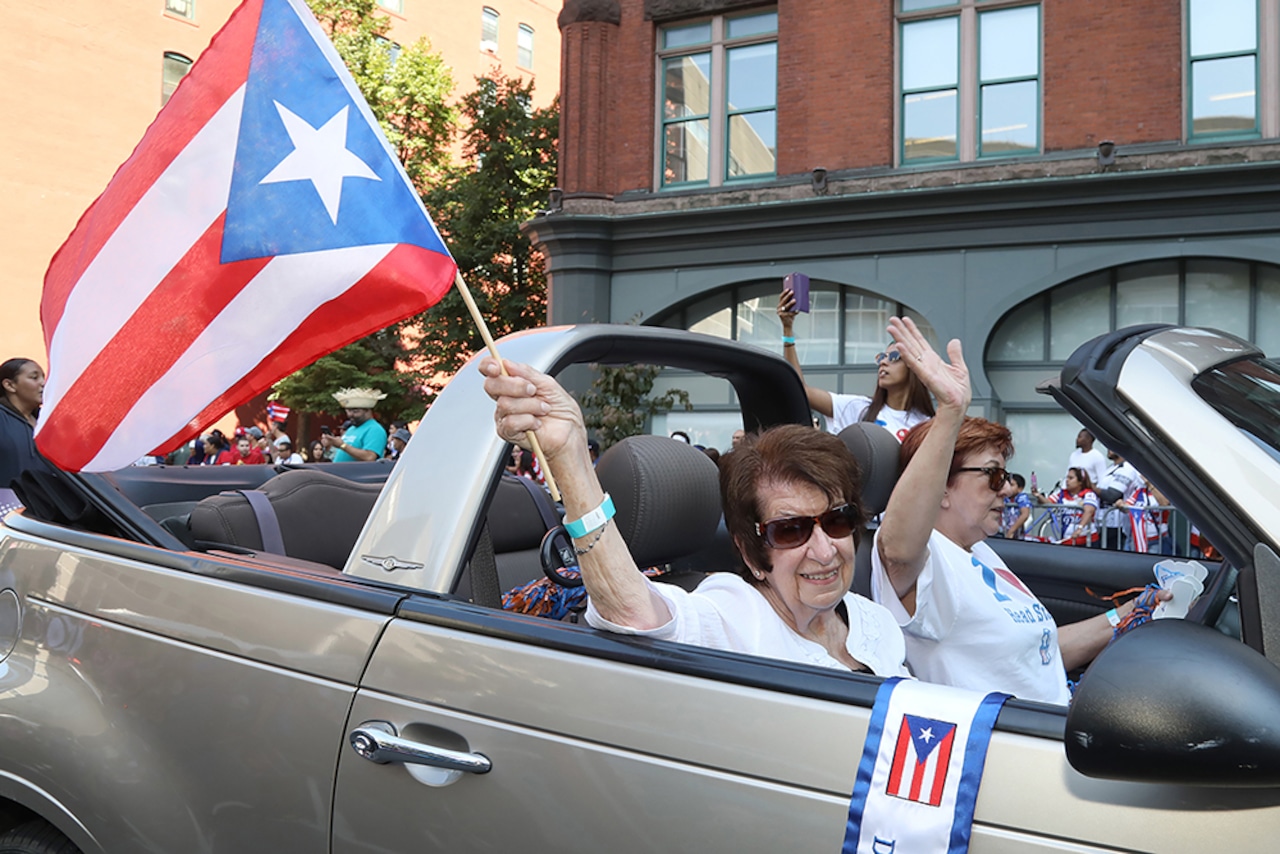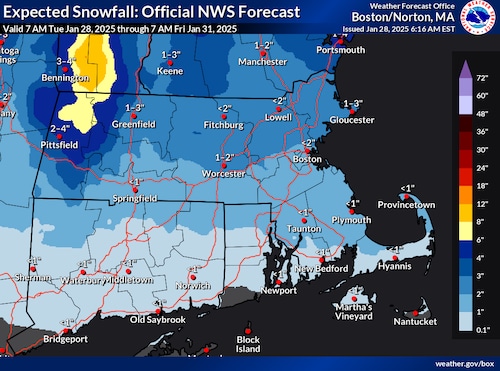
A new report shows that Hispanics and Latinos in the U.S. are growing in numbers, while the nation’s non-Hispanic population is slowly falling, a trend that highlights the influence of immigration patterns on racial demographics.
Massachusetts is among a handful of states that saw a rise in its Hispanic population between 2022 and 2023, while the number of non-Hispanic residents fell, according to U.S. Census data.
In the Boston area — which encompasses communities in Massachusetts and New Hampshire with an estimated 4.9 million residents — the Hispanic population grew by 16,664. In contrast, the non-Hispanic population fell by 511, the data show.
The Census Bureau’s newest report is part of a decades-long trend: America is slowly becoming more racially and ethnically diverse. It’s estimated by 2045, white Americans will become a racial minority in the U.S., according to an analysis by the Brookings Institution, a Washington D.C.-based research group.
One of the driving forces behind this trend is age, Phillip Granberry, a senior research associate at The Mauricio Gastón Institute for Latino Community Development and Public Policy at the University of Massachusetts Boston, told MassLive.
As a whole, white Americans are older than other racial groups. With a median age of 44, whites are at least 14 years older than Hispanics, whose median age is 30, according to a Pew Research Center analysis of Census Bureau data.
Whites being the eldest population, by comparison, means they’re less likely to have children and are more likely to die of natural causes than other racial groups, Granberry said.
White Americans are generally older than other racial groups mainly because a large number of them were born after World War II, — before an influx of immigrants arrived in America — leading to a higher median age for this population.
This generation — known as the “Baby Boomers” — are now in their late 50s to mid-70s and account for nearly 22% of the U.S. population, and 26% of the white population, according to the Pew report.
In contrast, the U.S. Hispanic population — the youngest racial group — primarily has grown due to natural births, with three-fourths of their children being Millennials or younger, the Pew data show.
International migration has helped shape the U.S.’ Hispanic population too. Immigrants from Spanish-speaking countries account for nearly one-third of the Hispanics across the U.S., according to the U.S. Census Bureau.
But, in Massachusetts, this trend is far less applicable.
It’s a common misconception that immigrants from central and south America are bolstering the Bay State’s Latino population, Javier A. Juarez, the director of the Latino Equity Fund at the Boston Foundation, told MassLive.
In fact, a large share of Latinos who live in Massachusetts are from Puerto Rico — a U.S. territory, and the Dominican Republic.
That’s not to say that the increase in international migration hasn’t impacted the commonwealth’s Latino population, Juarez added. But, the influx is not enough to significantly change this group’s makeup.
Puerto Ricans make up nearly 40 percent of the Latino population in the commonwealth, according to the Boston Foundation’s report “¡Avancemos Ya!”
From the 1940s to the 1960s, political unrest in the Caribbean led to Puerto Ricans and Dominicans migrating to the U.S. mainland, and settling in Massachusetts’ Gateway Cities, according to the report.
Puerto Ricans, who are U.S. citizens, moved to New England to become seasonal workers, settling in communities near the Connecticut River Valley, such as Springfield and Holyoke, where they are a heavy portion of the cities’ population, according to the report.
Meanwhile, Dominicans, who came to the U.S. on visas, arrived in the U.S. in the 1960s, the report stated. This group, which now makes up nearly one-fifth of the Latino population in Massachusetts, initially arrived in New York City but later moved to communities such as Lawrence and Lynn for a more simple life.
“Those are incredible numbers and it really speaks to the evolution of Latinos that are moving to the state of Massachusetts,” Juarez said.
The growth of the Latino population in Massachusetts parallels a similar trend in California during the 1960s. Currently, Hispanics and Latinos make up almost 40% of California’s population, compared to the nearly 13% found in Massachusetts.
“I like to think that we’re just catching up or maybe we’re just looking back at these population trends that already have been happening throughout the country and the Northeast been one of the last places where it needs to happen,” he added.






